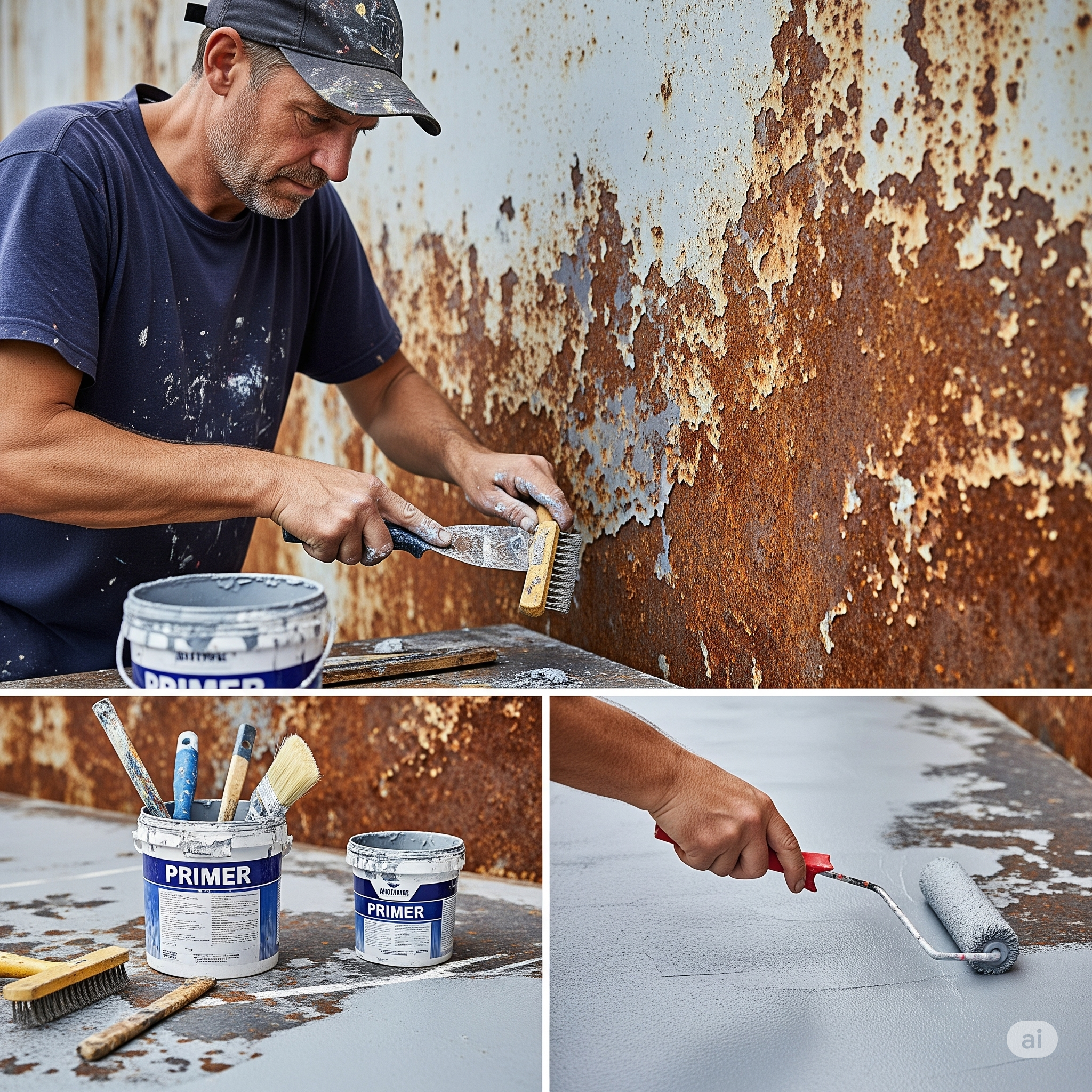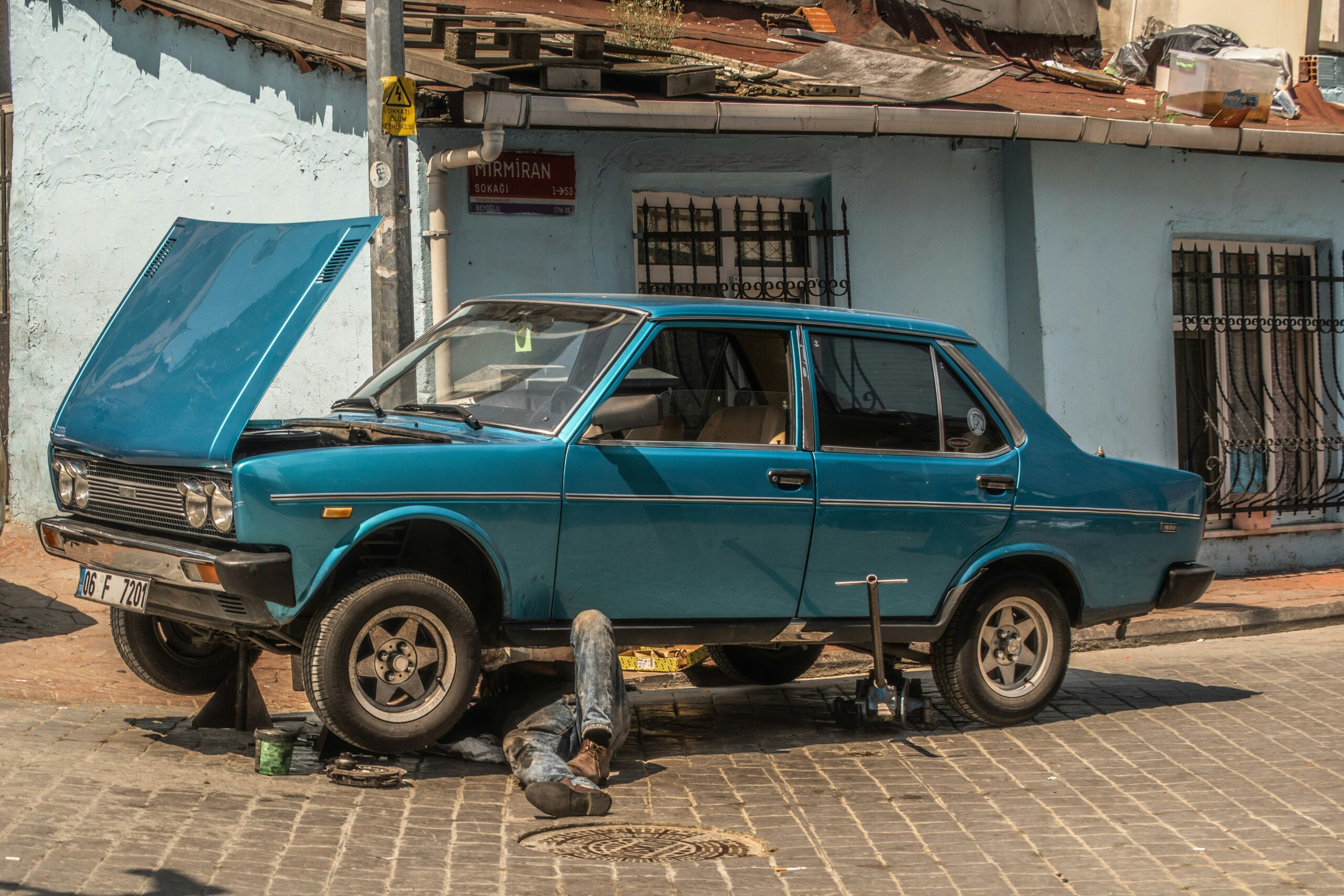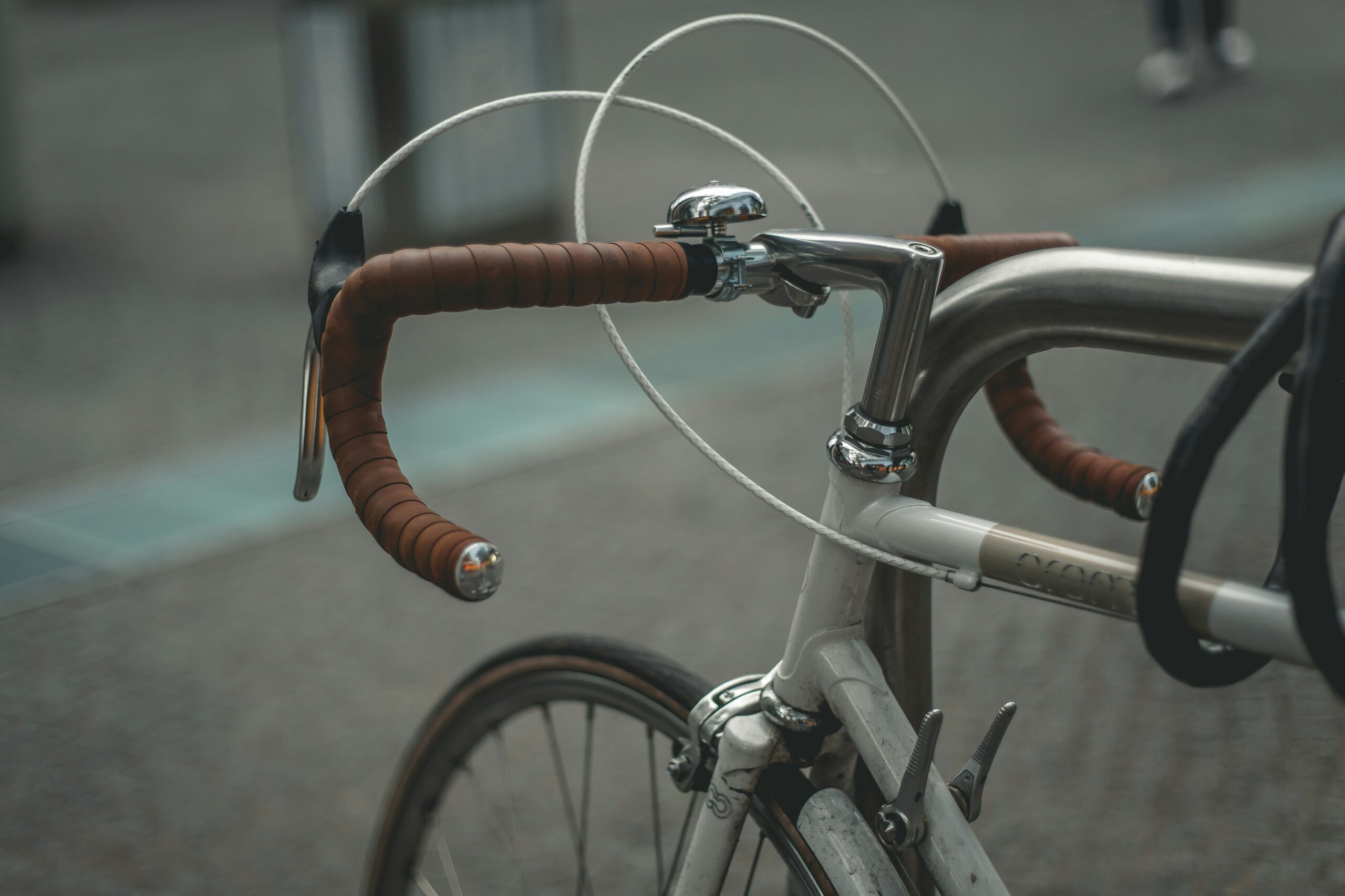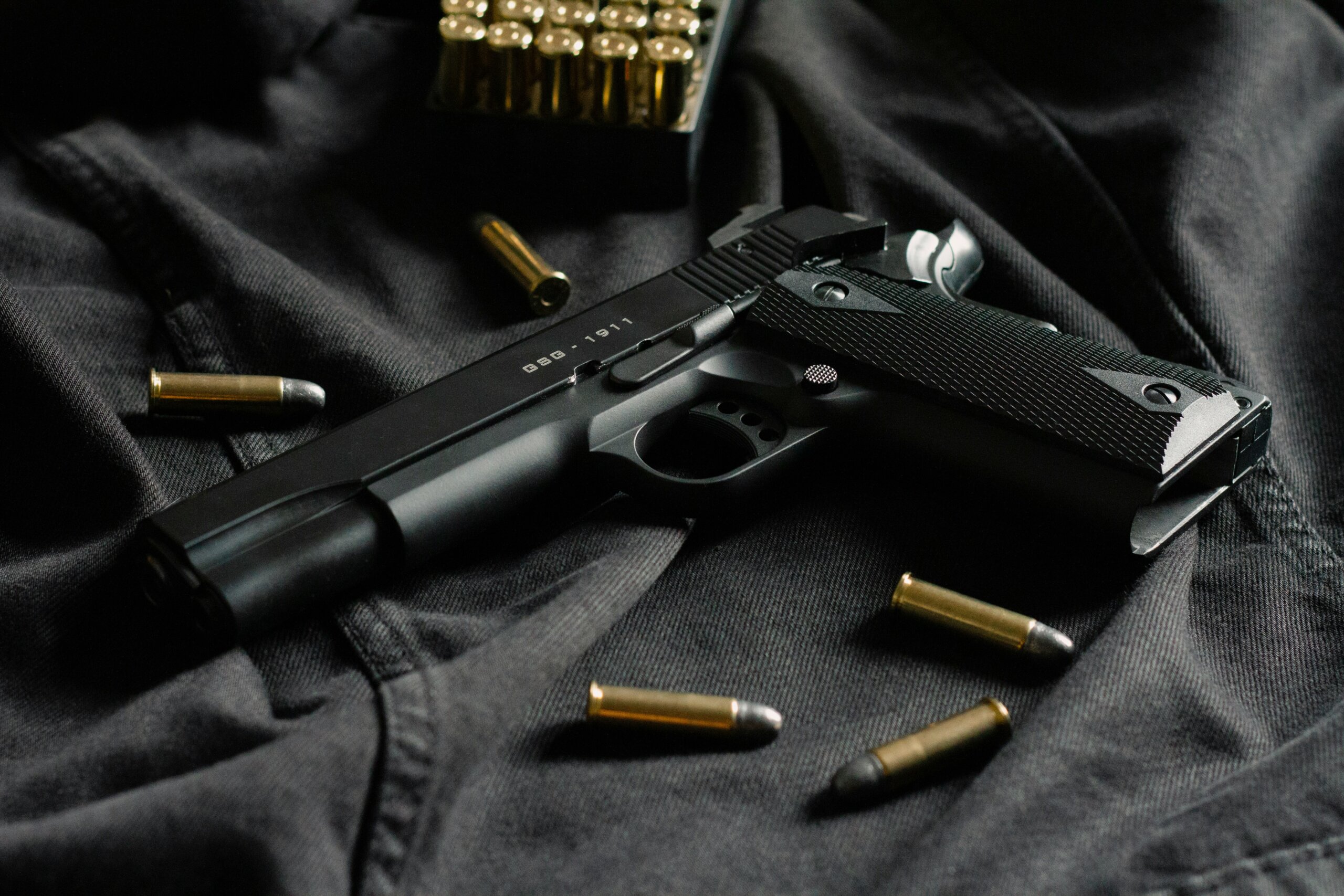the 5 most common spray painting mistakes and how to avoid them
Do you know what spoils the result of spray painting most often? These 5 mistakes can cost you time and money.
1. Insufficient surface preparation
Problem:
The surface is not thoroughly cleaned or roughened. Grease, dust or old paint prevents the new paint from adhering properly. The paint peels off easily, covers unevenly or bubbles.
Solution:
Before painting, the surface should be thoroughly degreased, sanded (e.g. 400 to 600 grit) and dust-free. For metal surfaces, use a sanding sponge or fine sandpaper. For plastics, we also recommend using Plastic Primer.
Practical Tip:
Choose a technical cleaner or degreasing spray (e.g. from Macot) from the COLORIT range. This will remove grease without leaving a film.
2. Incorrect distance and speed of movement
Problem:
You are painting too close or too slowly. The result is runny, drippy or irregular layers. Conversely, too much distance creates a powdery finish that doesn't stick.
Solution:
Hold the spray 20 to 30 centimeters from the surface and move it smoothly from side to side. Overlap slightly between strokes. Always paint horizontally or vertically, not in a circular motion.
Recommendation:
Try the movement beforehand "dry". Cosmos Lac Premium RAL and MACOTA COLOR 3G sprays have a smooth spray pattern and suitable nozzles even for beginners.
3. The application of too thick a layer at a time
Problem:
Trying to get the perfect result on the first try leads to an unnecessarily thick layer that doesn't have time to dry. The paint remains soft, craters, runs or bubbles.
Solution:
Paint in multiple thin layers. The first coat should be just a light smoke, then subsequent coats will gradually increase opacity. Allow each coat to dry according to the spray instructions (usually 5 to 10 minutes).
Tip:
MACOTA COLOR 3G allows for shorter application times due to its high opacity, but we still recommend at least 3 separate coats.
4. Painting in poor conditions
Problem:
Too cold, hot or humid environment. The paint dries poorly, sets irregularly and remains dull or rough.
Solution:
The ideal temperature for painting is between 18 and 25 °C and low humidity. Do not paint in direct sunlight or draughts. Best results are achieved in an enclosed, well-ventilated room.
Tip for home painting:
Ideally, paint in the morning or evening when the temperature fluctuates less. Cosmos Lac sprays have the advantage of drying quickly even at lower temperatures.
5. Insufficient protection and fixation
Problem:
After a good varnishing, you say to yourself "done". But without final protection, the paint can quickly become UV damaged, scratched or peeled.
Solution:
Use a final transparent acrylic varnish to create a hard protective layer. This will also enhance the gloss or matt effect depending on the type chosen.
Recommendation:
Cosmos Lac Water-Based Spray Varnish is eco-friendly, odorless and has UV protection. Ideal as a final coat for paint and decoration.
Summary
| Error | How to spot it | What to do |
|---|---|---|
| Poor preparation | Poor adhesion | Cleaning and grinding |
| Distance and movement | Droplets, dusty surface | 20-30 cm, smooth stroke |
| Thick layer | Dripping, soft surface | Multiple thin layers |
| Poor conditions | Dull or grainy paint | Paint between 18-25 °C |
| Lack of varnish | Paint damage | Application of final varnish |
Spray painting is easy if you know the basic rules and avoid common mistakes. In addition, if you use quality products from the COLORIT e-shop such as Cosmos Lac or MACOTA, the result will look like a professional. And that's exactly the point.



